Introduction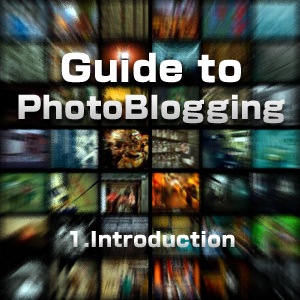
I’ve started Really Japan Photo Blog and uploaded the very first photo about one year ago.
At the beginning I wasn’t very sure to be able to update the photo blog often, it was not the first time I was starting a blog, but all the previous attempts ended up with failure, after few months.
Fortunately that has not been the case of ReallyJapan.
A lot has happened in this year of ReallyJapan. I’ve learnt many things on photography, met many great photographers, looked at some incredible shots on the web.. and I think if I didn’t start photoblogging, I would have lost many opportunities.
So, after 1 year of photoblogging, I thought it would be cool to write some kind of Guide to Photoblogging.
But, I’m going to tell you a secret: I’m not an amazing photographer or a super blogger, my website is not making trillions of visitors neither, so don’t have huge expectations..
Anyway, I hope this Guide will help all of you who are considering to open a photo blog!
What is a photoblog?
A photoblog (a.k.a. photolog or phlog) is a form of photo sharing and publishing in the format of a blog, but differentiated by the predominant use of and focus on photographs rather than text.
Why photoblogging?
There could be many reasons to start your own photoblog. You may want to show your amazing works to people from all around the world, and consequently make a lot of money with advertising & sales of your photography. Honestly, in that case you’re going to have rough times ahead, good luck.
But if your demands are a little more modest, there are many positive points on opening a photo blog.
Top Advantages of starting a Photo Blog
- It’s a great way to keep you constantly motivated.
I opened Really Japan Photo Blog just few months after buying my first DSLR. The main reason? I wanted to learn how to take photos, and I was inspired by many cool photo bloggers who were sharing their photos on line. As soon as people started visiting my photo blog and writing some comments on the photos I knew I had to post something slightly better the next day.. the day after, and the day after that.
So.. yes, a photo blog is a great way to keep you constantly motivated to take new photos or process the ones you have.
- Networking
Some months ago I had dinner with a very nice guy from Spain visiting Tokyo. I’ve never seen him before that day. Well, he’s a photo blogger, Guillermo – Desenfocado, and I’ve met him through photo blogging. I’ve met many other photo bloggers, exchanged emails, ideas, and tips on photography.
If you start visiting and commenting other photo blogs, they’ll surely do the same and they’ll visit and comment yours.
At the same time, keep in mind that the majority of people visiting your blog will now write comments, but they’ll surely keep following you. Sometimes they will write you emails, saying you that they like your photos. Then who knows, maybe some of these people will become real friends, or maybe.. you’ll find great job opportunities!
- Learn from other photo bloggers
There are many amazing talented photo bloggers (well.. photographers) on Internet. Besides writing comments on their photos, look to their photos! Usually, if they use Pixelpost, or Flickr, you can see the EXIF informations for each photo they post. That’s great information if you are a beginner and you want to learn more (as I did starting Really Japan). Having access to the EXIF informations of a photo gives you all the ‘settings’ the photographer used to take that photo (iso, aperture, shutter speed, lens used, and so on).
- It’s like blogging… without words
Especially if English is not your first language, starting a ‘real’ blog could be troublesome. Instead, a photo blog is easier to manage, your photos are going to speak for you.
- You’re going to receive a lot of comments & critiques
When you open a photo blog.. ask, implore, for critiques on your works. Maybe you are not going to love comments like ‘U SUX SUX SUX!‘, but other – more constructive – critiques will surely help you.
And don’t feel upset if someone points out what he doesn’t like about that photo, instead remember, it’s something you should appreciate. It’s very easy to write positive things, but it’s harder to start writing a critique.
- It will become your home, on Internet.
A photoblog is a blog, and a blog is a website right? Basically when you open a website is like you’re opening a shop, or maybe like opening the door of your home to accept some guests.
Sure, you can just don’t care about the graphic template you’re going to use, don’t create a rss feed or saving all your images in 10 megabytes TIFF. Sure, you can do it. But come on, you should welcome your guests right?
When you start a photo blog you should think about the people who’re going to visit it. Try to select a cool name, choose a nice template and modify it to adapt to your style (if you already know some web design stuff you can work on it from scratch too). Learn some basic html, think about the plugins you could use to enhance the experience for your visitors.. it’s like opening your art gallery!
Also, it’s incredibly important to keep track of how your photo blog is doing, where your visitors are coming from and what keywords they are using to reach you. Maybe it’s not important at the beginning, but it will help you if you plan to increase the traffic to your blog later.
There are many great services that generate detailed statistics about the visitors to a website, for example Google analytics (probably the best one, and free) or Clicky (great for real time tracking, and you can check the statistics in real time with your iPhone too).. I have them both
- It’s easy!
If you already have a camera (reflex, compact, anything!) well, you already have the 90% you need to open a photo blog. Technically it’s very easy to setup and upload new photos
So.. the list could go on forever, but for this introduction I’m going to stop here.
What should you expect from the next articles of Guide to Photo Blog? Well, something like this:
- How to install & set up your photo blog using Pixelpost
- How to Customize your photo blog
- The Best Plugins and Templates for Pixelpost to enhance your Photo Blog
- How to promote your photo blog (social media, photo ring, seo, and so on)
- and other stuff!

![]()
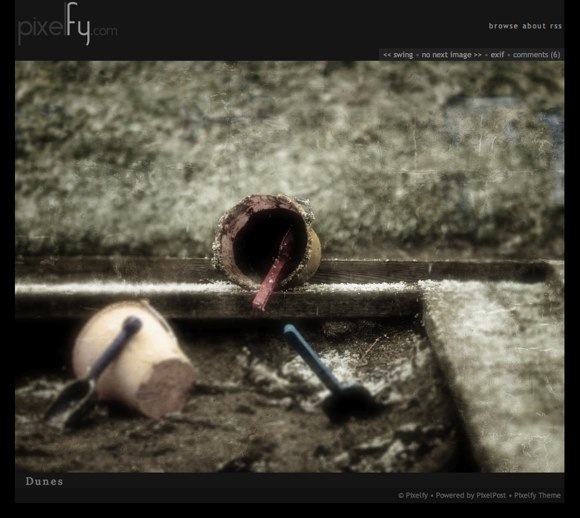
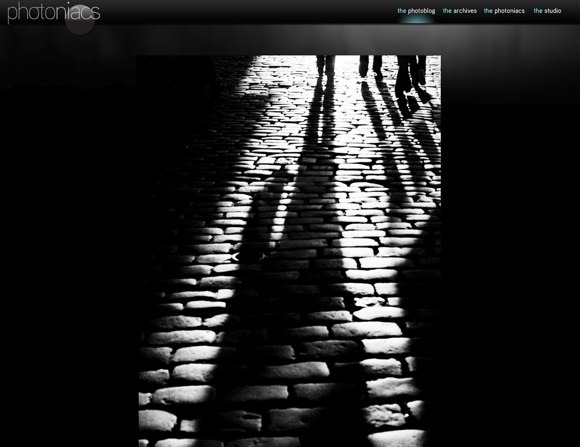
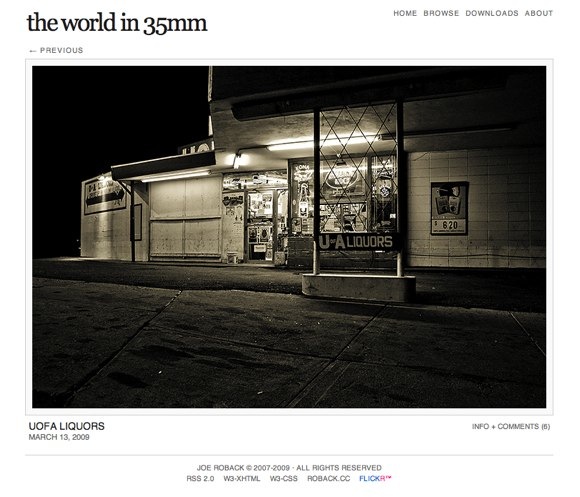
![]()

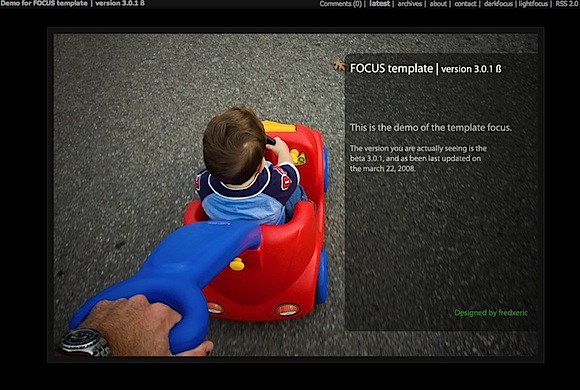
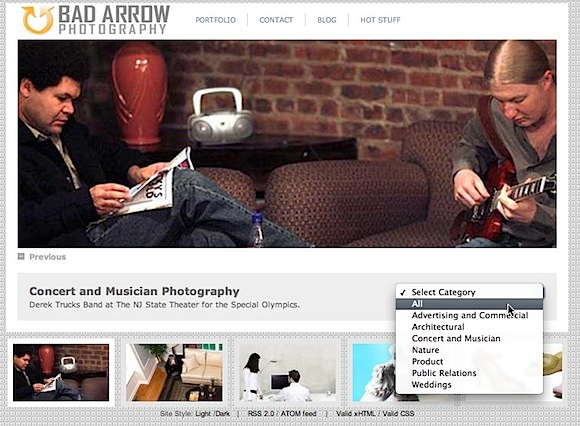
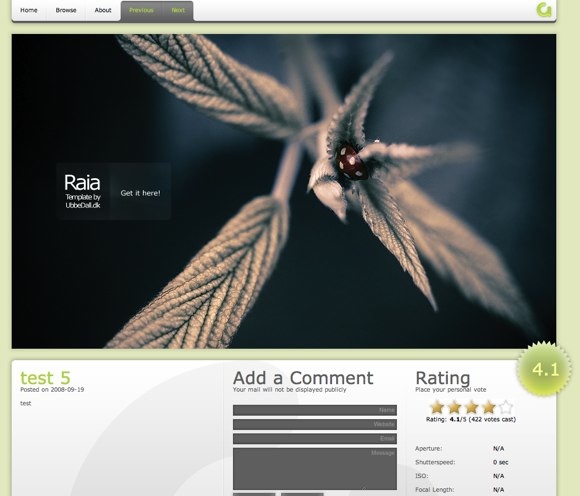
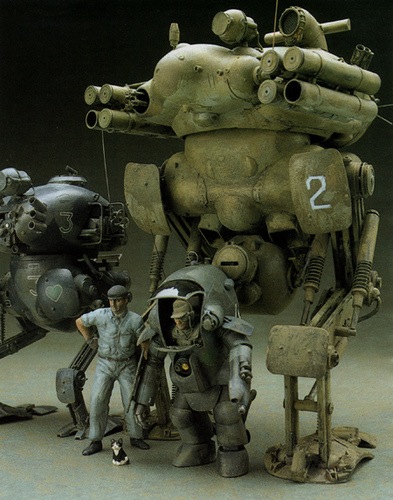
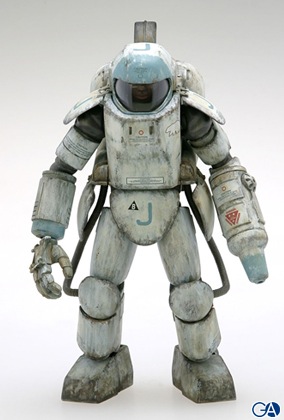
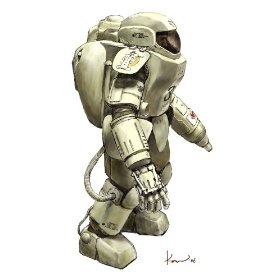
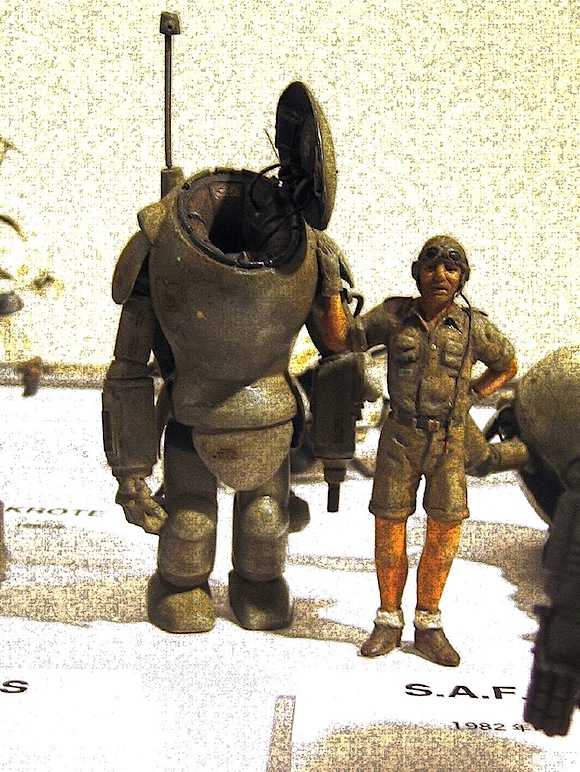
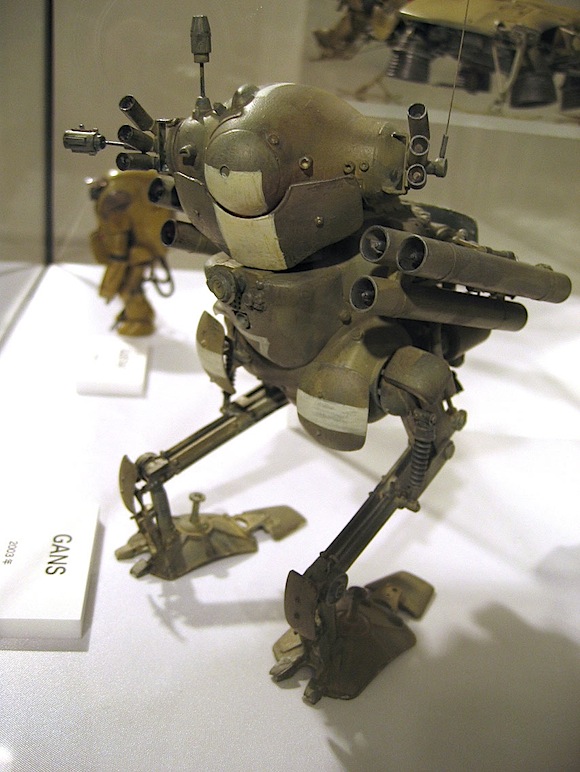
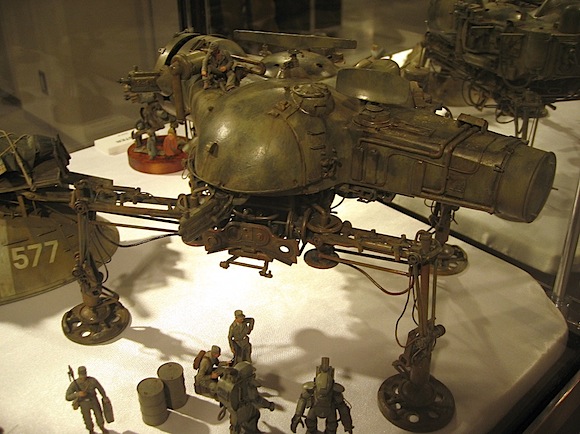
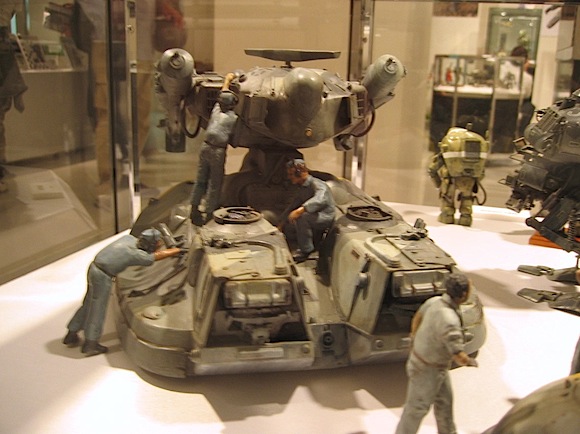
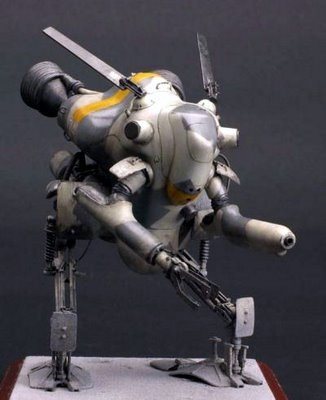
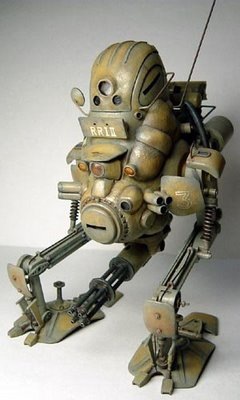
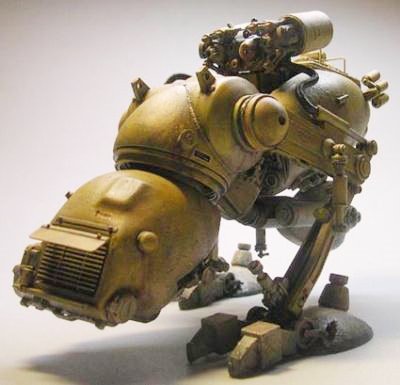
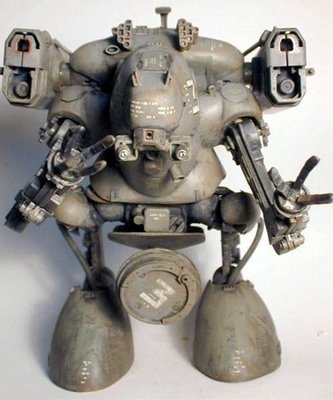
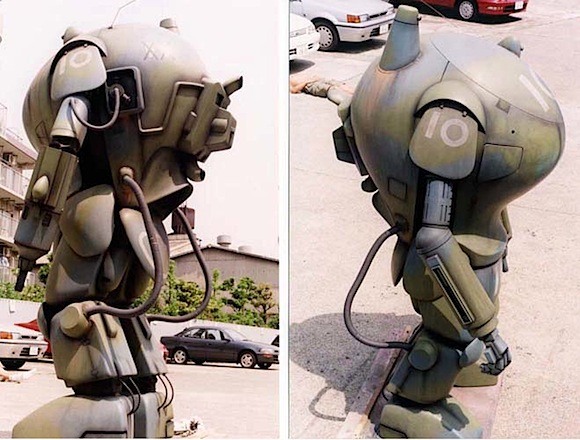
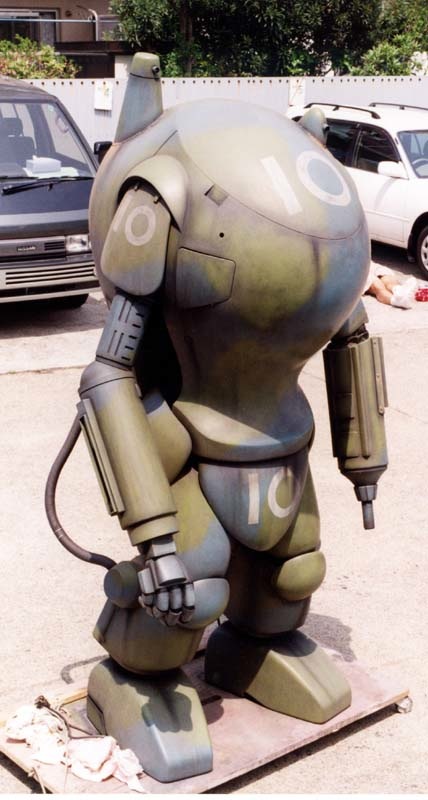
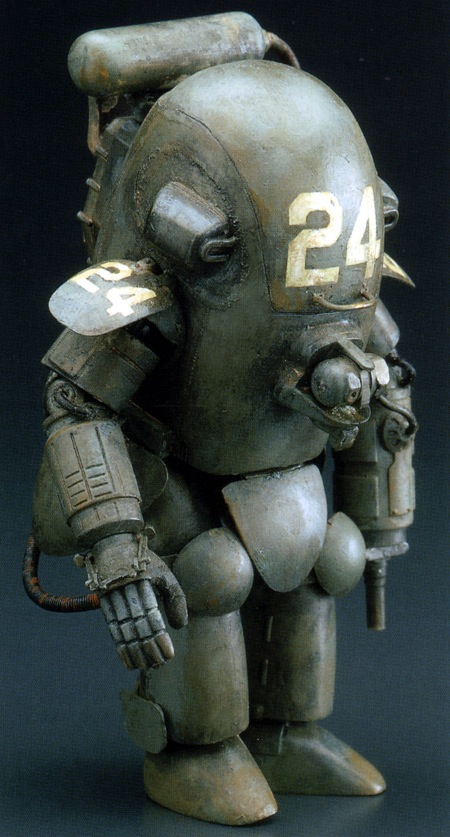
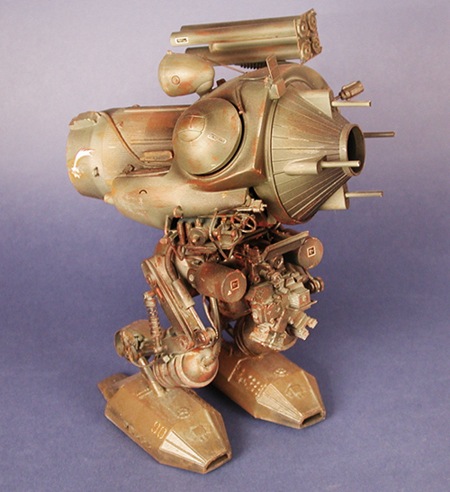
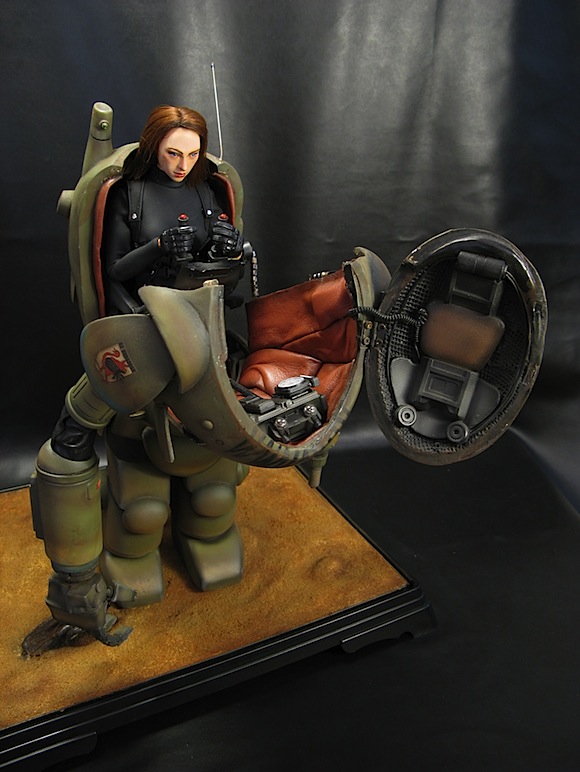
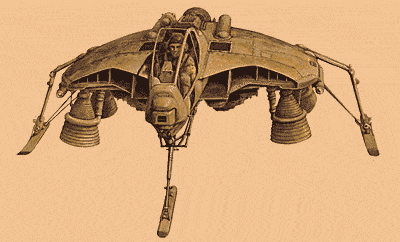
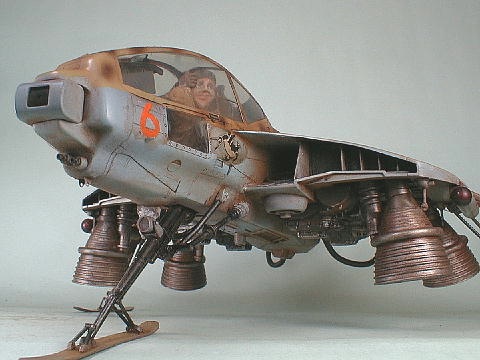
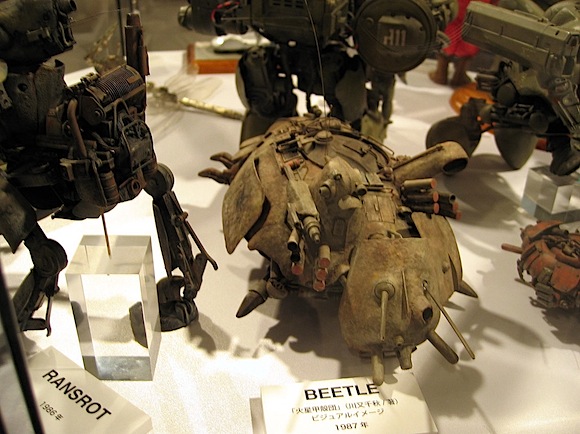



 Last
Last FriendFeed
FriendFeed Twitter
Twitter StumbleUpon
StumbleUpon Facebook
Facebook Digg
Digg Delicious
Delicious Youtube
Youtube